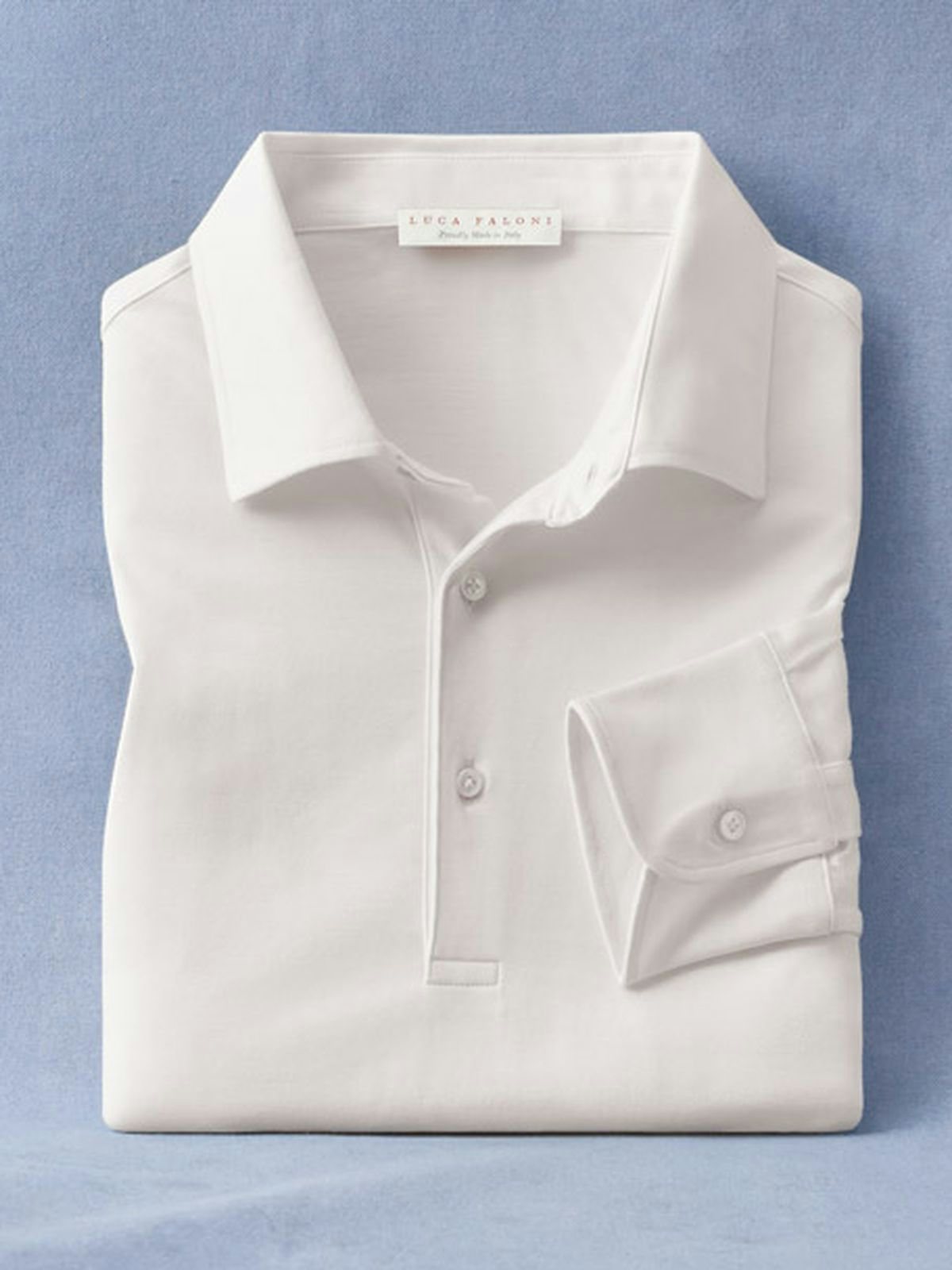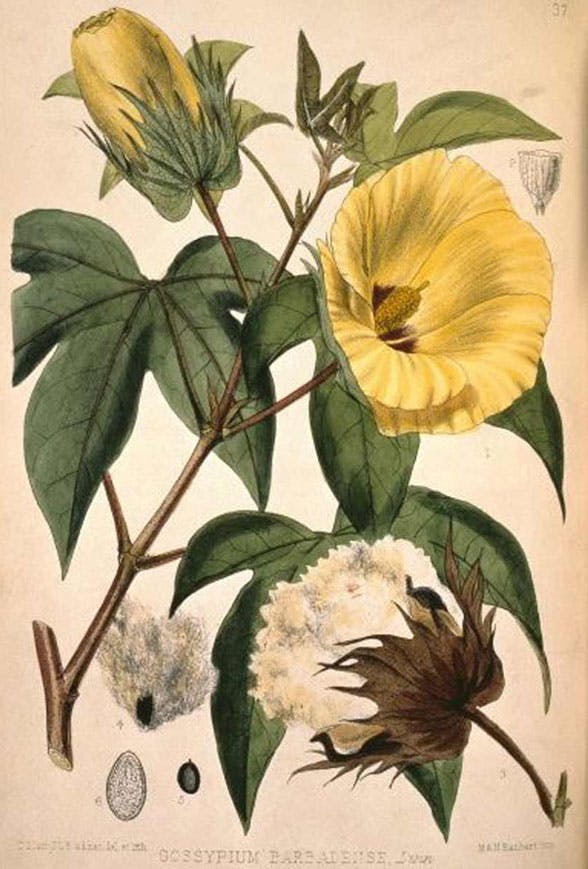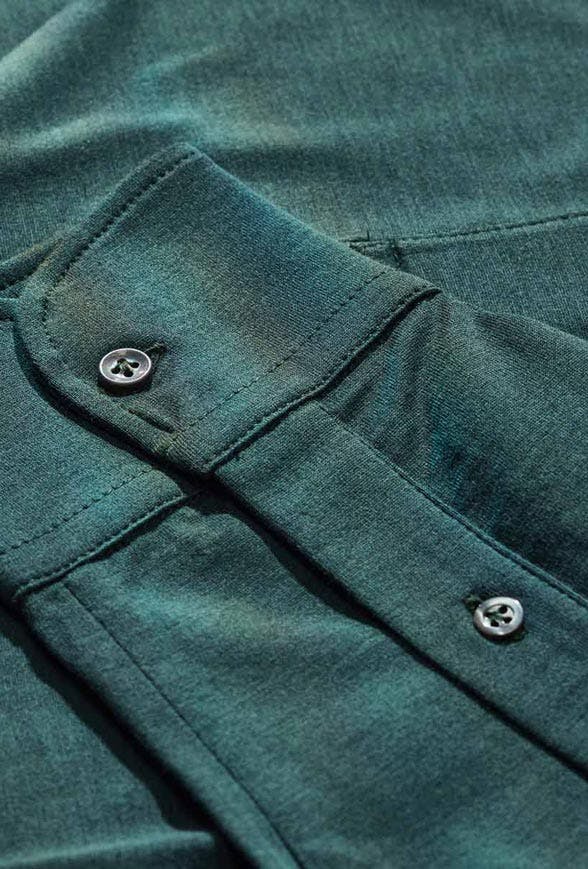
Silk-Cotton T-Shirts: Refined Summer Essential
A former epitome of masculine rebellion, T-Shirts today are an essential part of every man's outerwear: their comfort and universal appeal make them the perfect garment for the warmer seasons, exuding elegance while keeping you cool throughout the day.
At Luca Faloni, we aim to create clothes that last longer and are timeless in their features, which is why we opted for the luxurious and versatile silk-cotton blend for our exclusive t-shirt collection.
The resulting textile carefully combines the best traits of both fibres, bringing to life a lightweight, smooth, and highly absorbent t-shirt: a most refined garment for everyday use.











